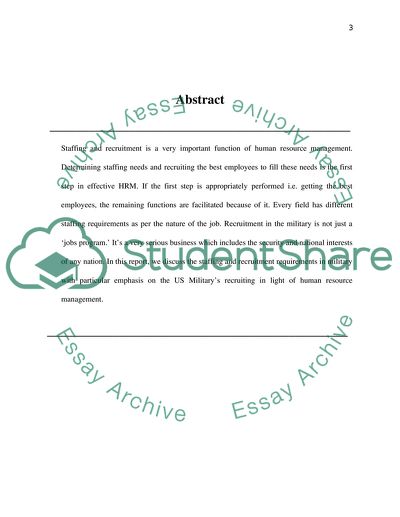Cite this document
(Staffing and Recruitment of the United States Military Term Paper - 1, n.d.)
Staffing and Recruitment of the United States Military Term Paper - 1. Retrieved from https://studentshare.org/human-resources/1748124-staffing-and-recruitment-of-the-united-states-military
Staffing and Recruitment of the United States Military Term Paper - 1. Retrieved from https://studentshare.org/human-resources/1748124-staffing-and-recruitment-of-the-united-states-military
(Staffing and Recruitment of the United States Military Term Paper - 1)
Staffing and Recruitment of the United States Military Term Paper - 1. https://studentshare.org/human-resources/1748124-staffing-and-recruitment-of-the-united-states-military.
Staffing and Recruitment of the United States Military Term Paper - 1. https://studentshare.org/human-resources/1748124-staffing-and-recruitment-of-the-united-states-military.
“Staffing and Recruitment of the United States Military Term Paper - 1”, n.d. https://studentshare.org/human-resources/1748124-staffing-and-recruitment-of-the-united-states-military.


